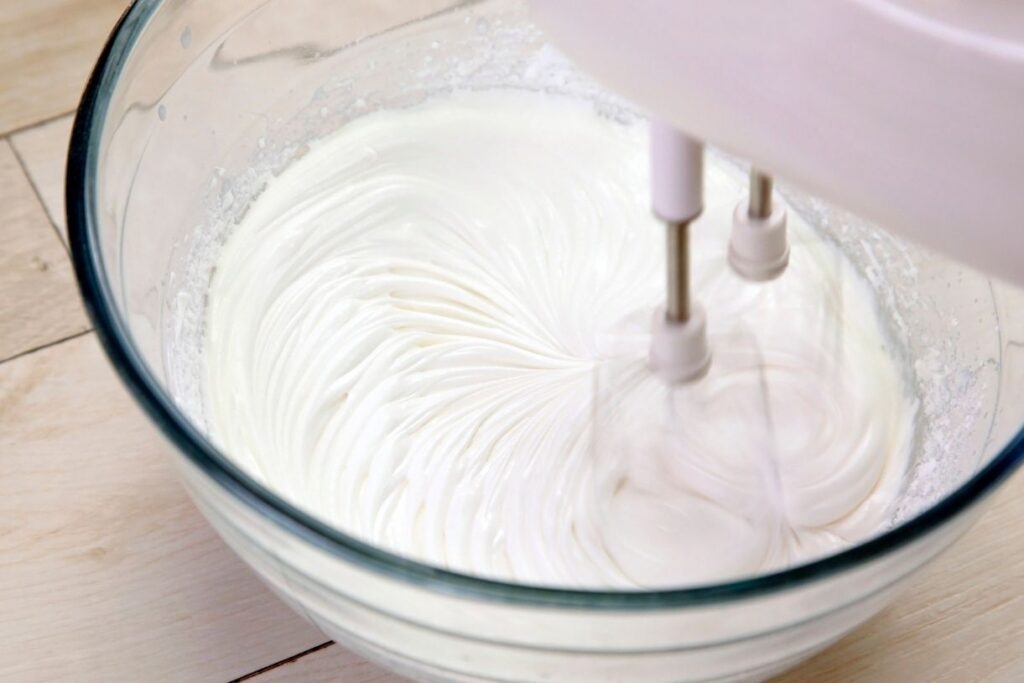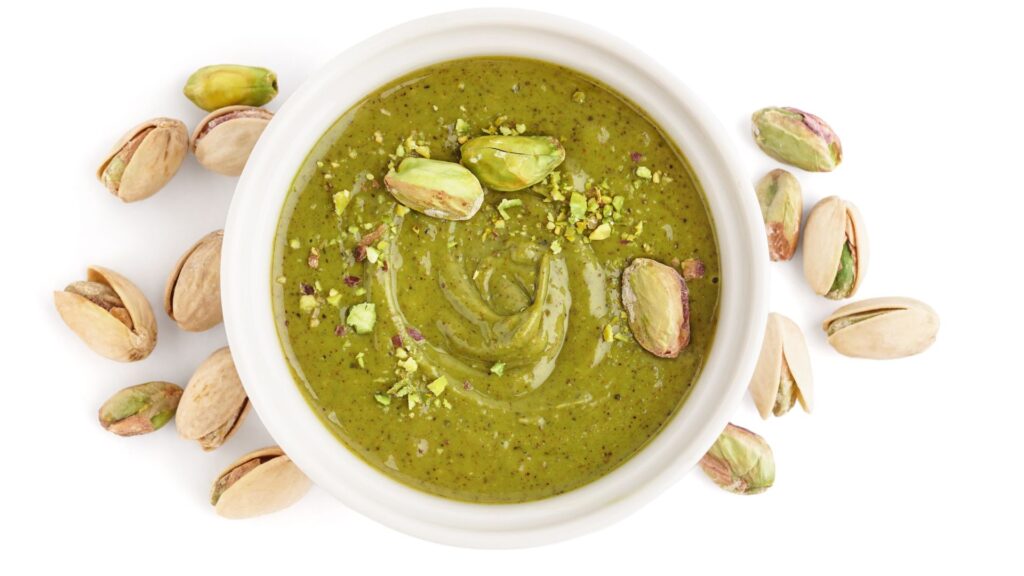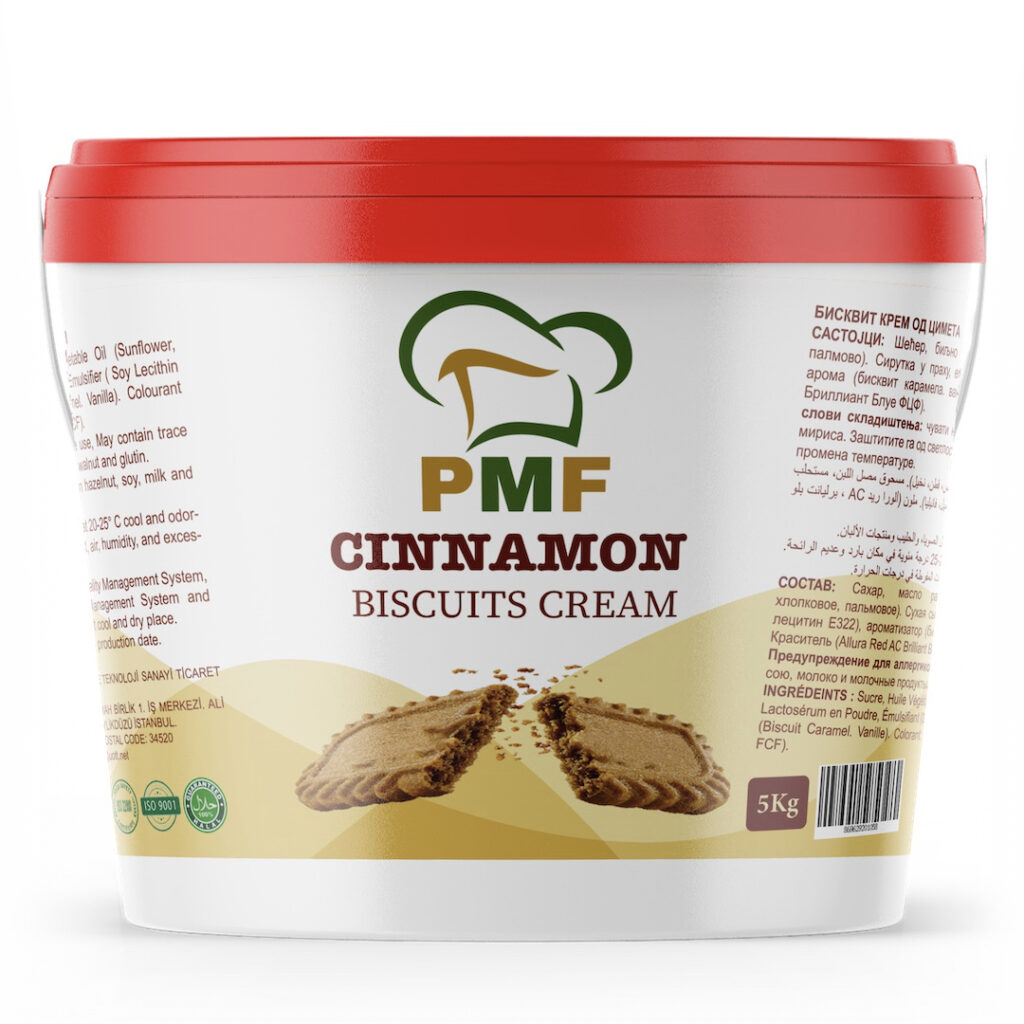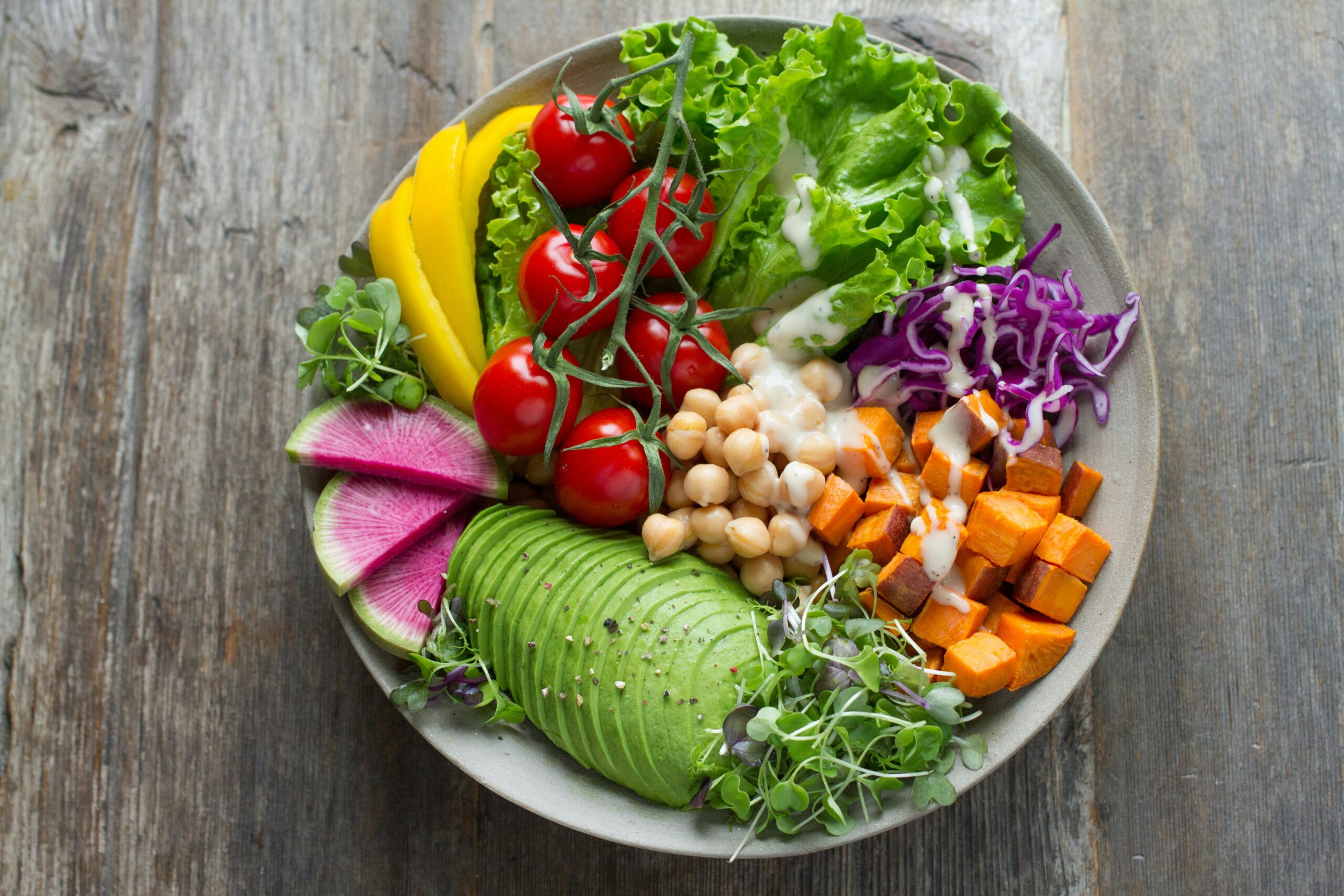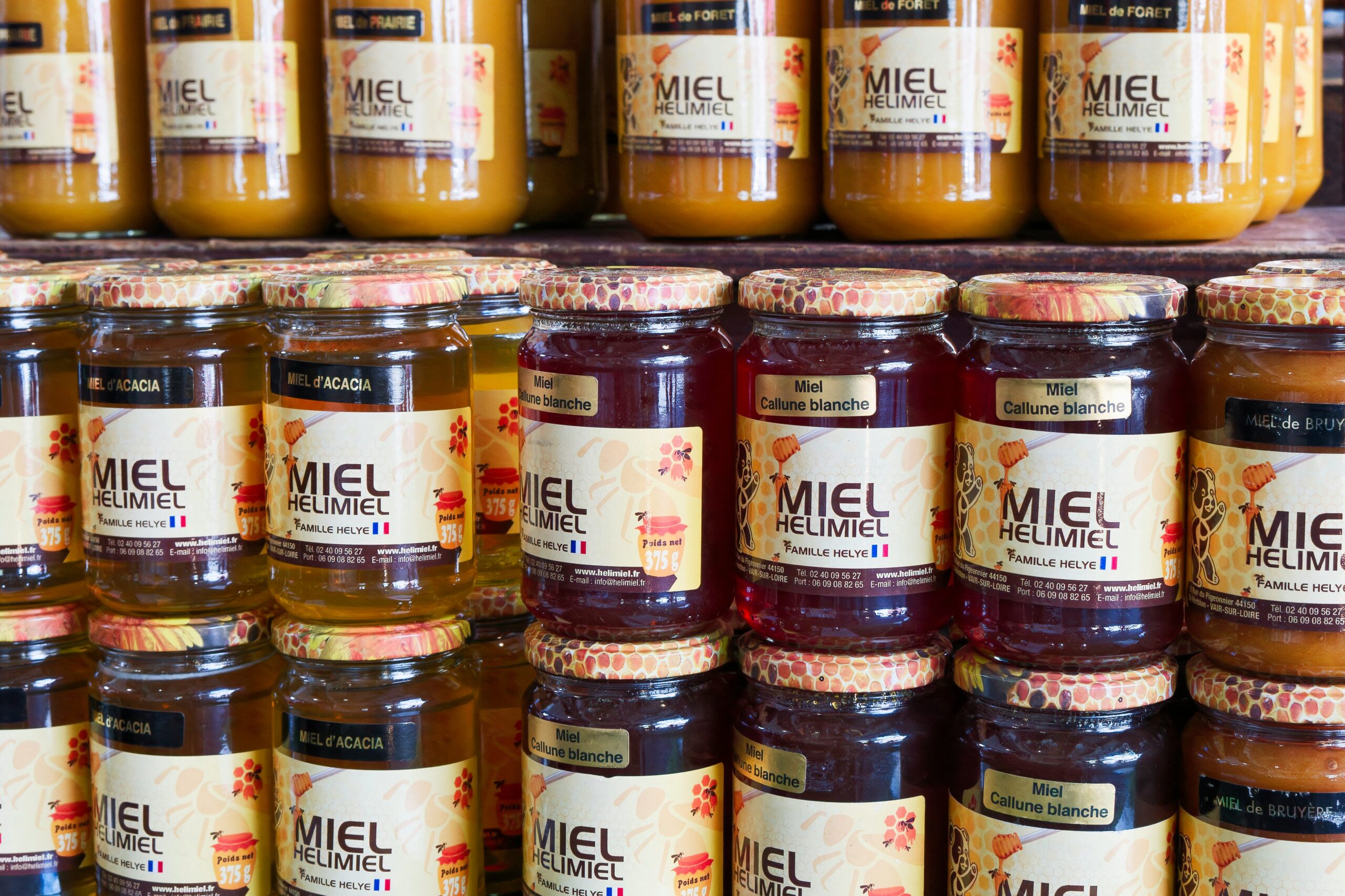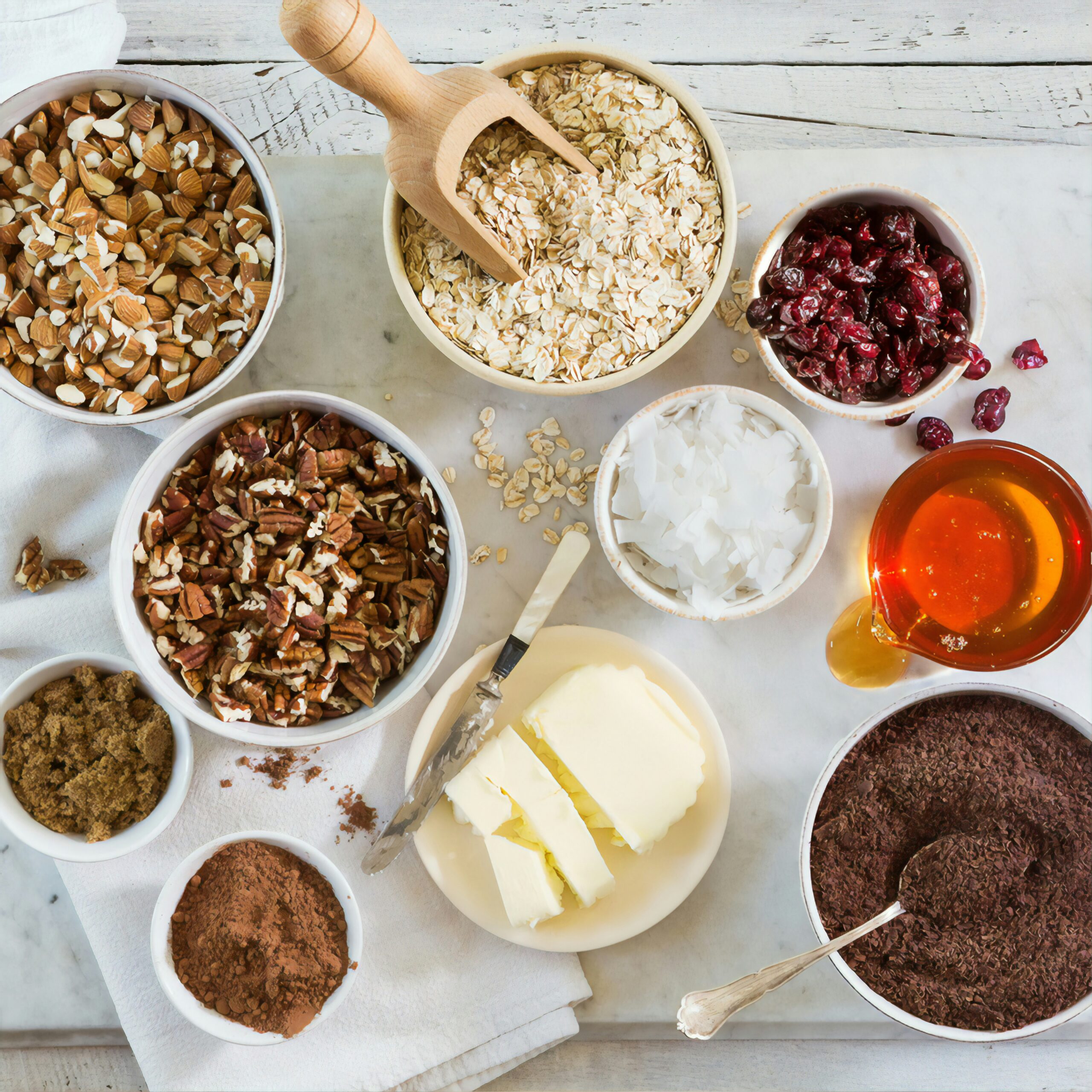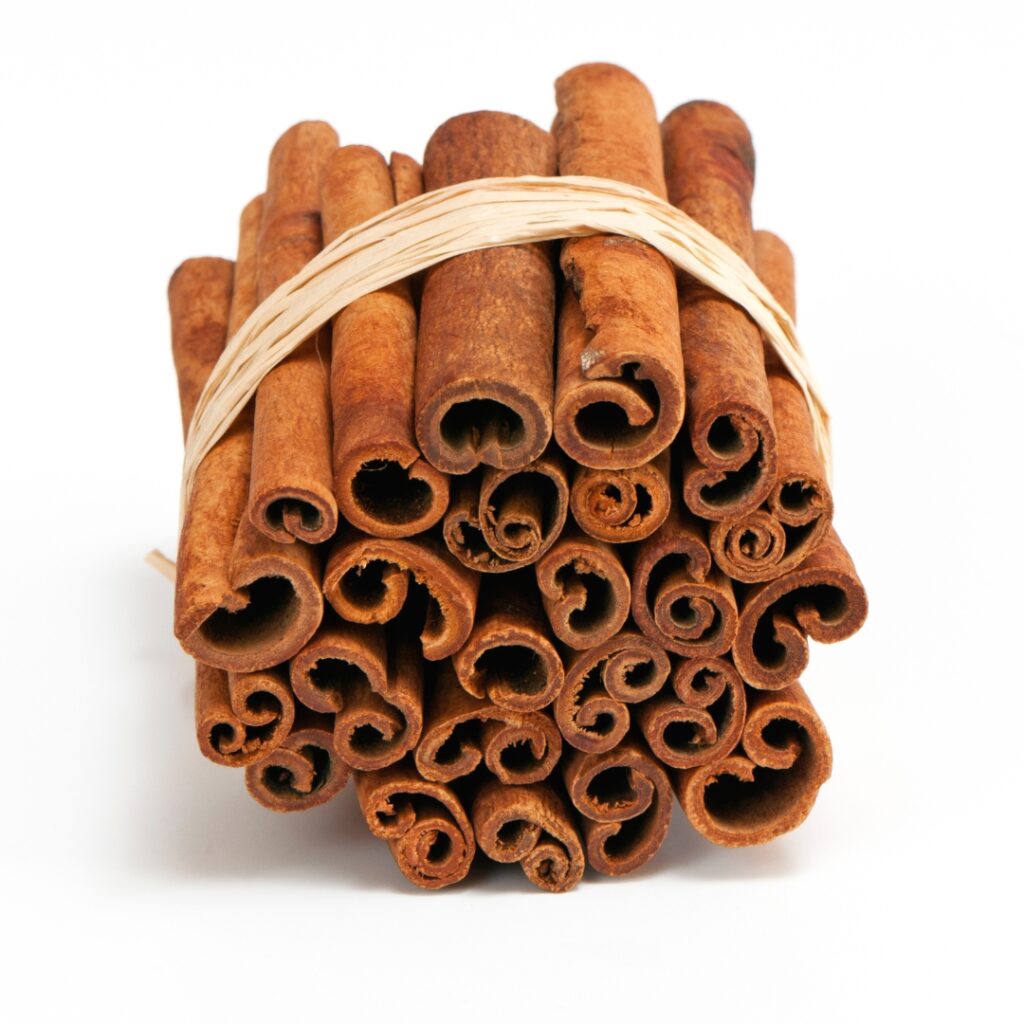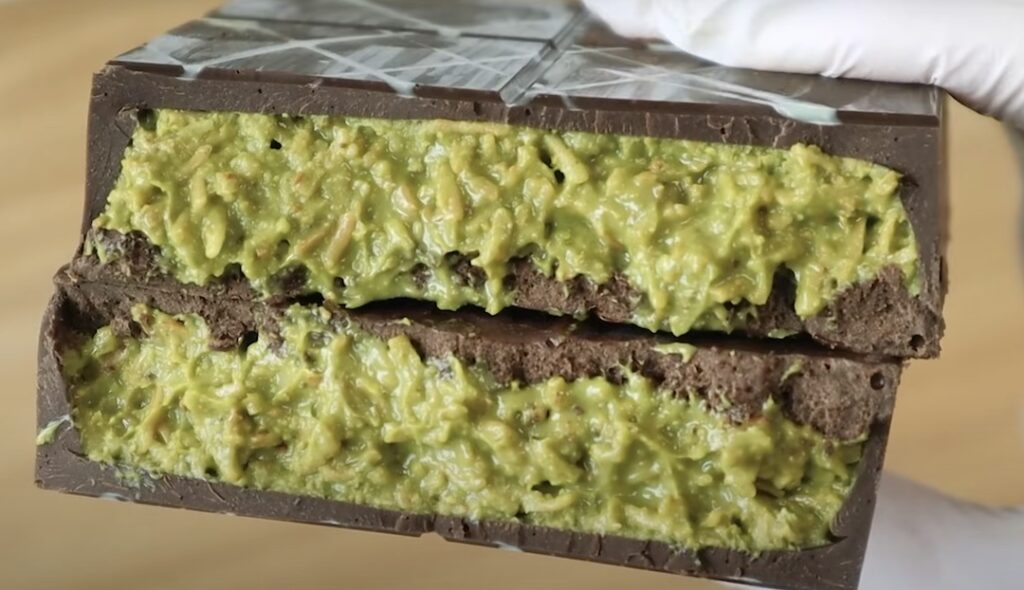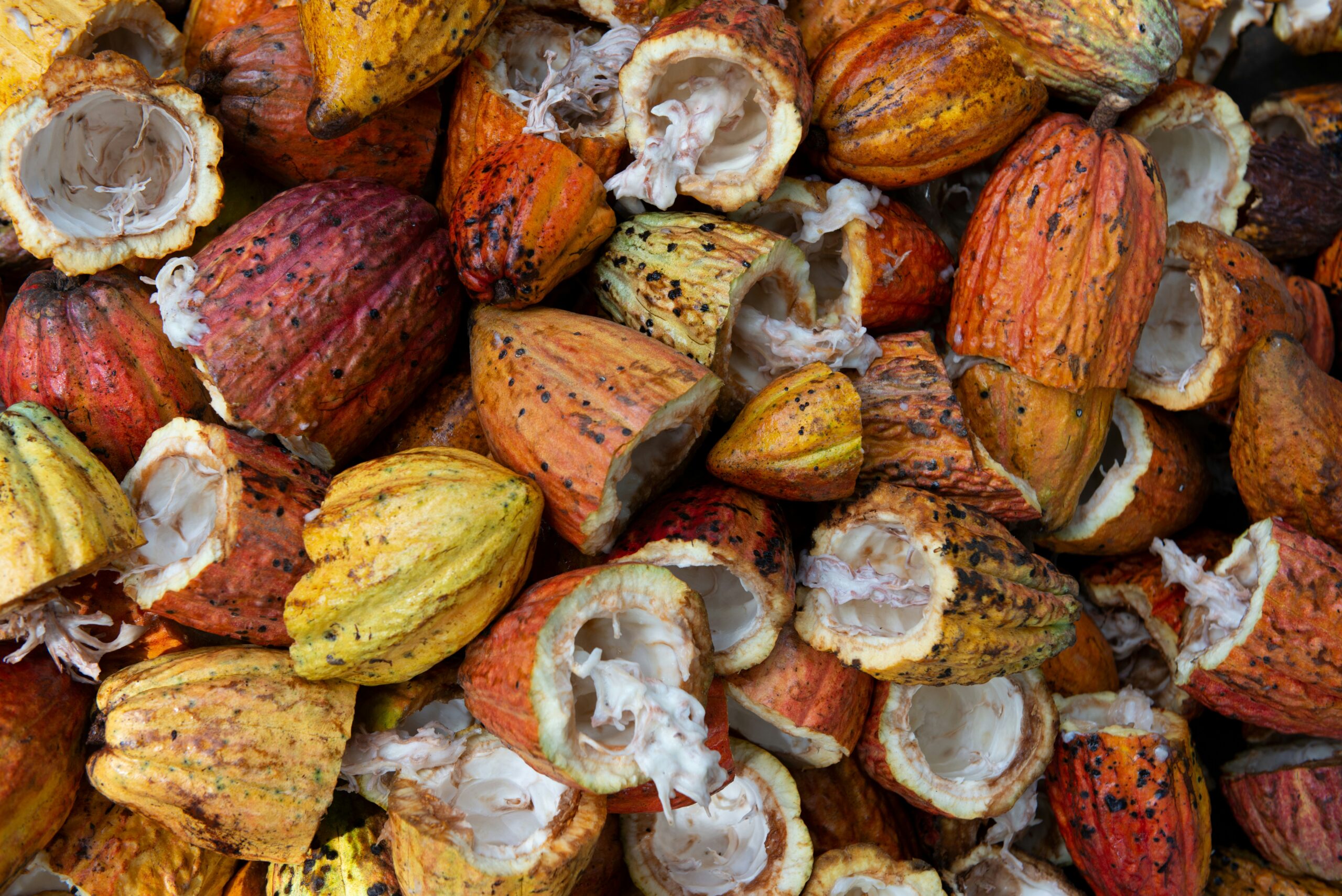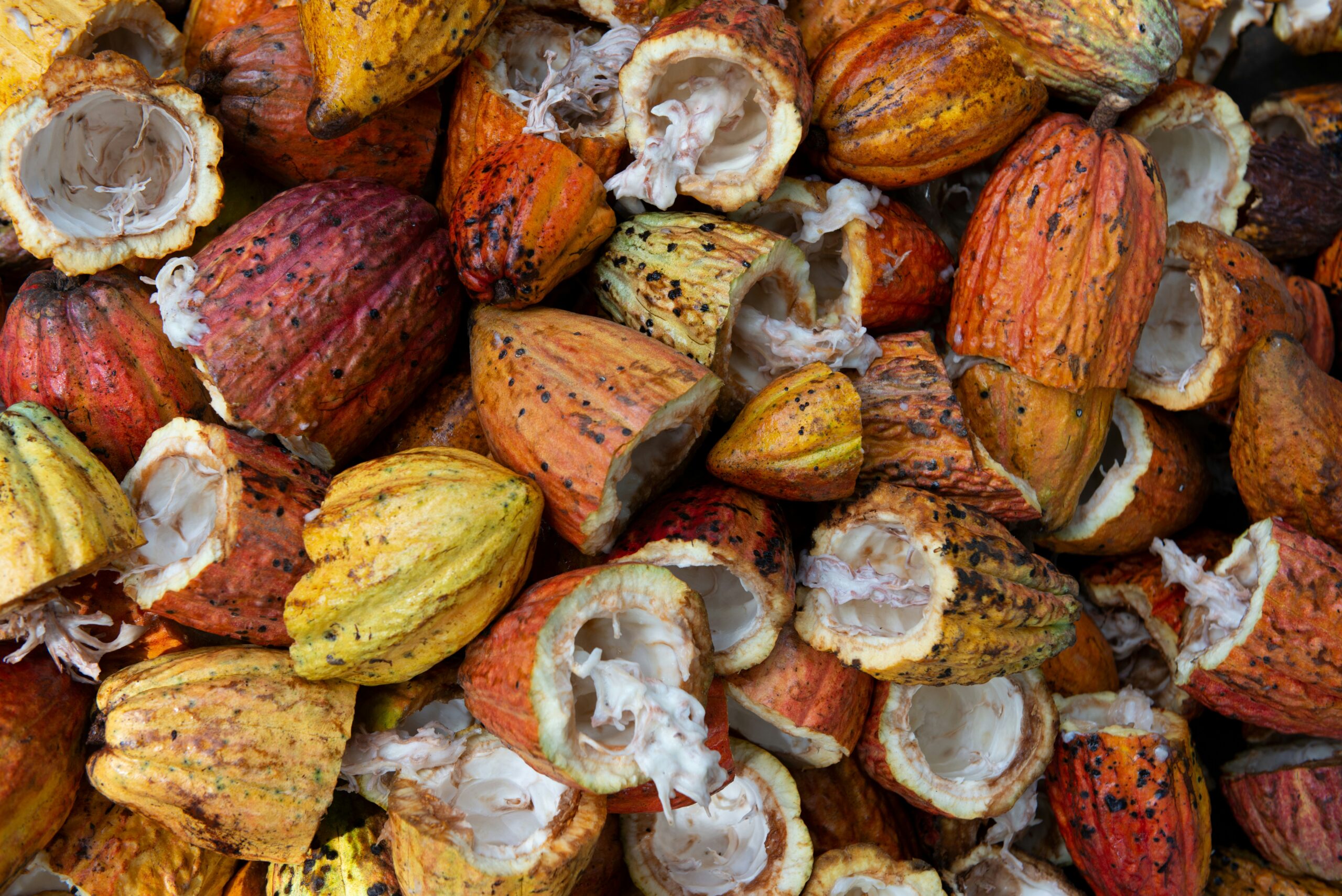Why Should Your Business Care About the Rich History of Turkish Pastry?
Walk into any Turkish home, bustling café, or busy restaurant, and you’ll find that pastry is more than just food; it’s a cornerstone of hospitality and culture. For food wholesalers, business owners, and manufacturers, understanding this deep-rooted tradition isn’t just a history lesson. It’s an opportunity to tap into a market that values authenticity, quality, and a story behind every bite. The journey of Turkish pastry is a rich narrative that began centuries ago, and its legacy continues to shape the tastes of today.
The story starts not in a modern factory, but in the grand kitchens of the Ottoman Empire. These weren’t just places for cooking; they were laboratories of flavor, where chefs from across the empire experimented with dough, nuts, fruits, and syrups. This culinary melting pot gave birth to many of the foundational pastries we know today. In Turkey, this evolution was particularly significant, with recipes being perfected and passed down through generations. From the layered artistry of baklava, once a dessert reserved for royalty, to the humble, savory poğaça found in every local bakery, each pastry tells a tale of innovation and tradition. For your business, offering these products means you’re not just selling a food item; you’re offering a piece of history.
What Are the Essential Types of Turkish Pastries Your Customers Will Love?
Navigating the world of Turkish pastries can seem complex, but they can be grouped into a few key categories that are perfect for any food business menu or wholesale catalog. Understanding these types will help you cater to a wide range of customer preferences, from those with a sweet tooth to those seeking a savory snack.
Syrupy Pastries (Şerbetli Tatlılar)
These are perhaps the most famous of Turkish desserts. The magic here is in the balance between the crisp, baked pastry and the sweet, fragrant syrup poured over it.
- Baklava: The undisputed king. Thin layers of phyllo dough are brushed with butter, filled with nuts (most commonly pistachio or walnut), baked to golden perfection, and then drenched in a carefully prepared syrup. Its rich taste and satisfying texture make it a global favorite.
- Şekerpare: These are soft, semolina-based cookies that are soaked in a lemon-infused syrup. They offer a softer, cakier texture compared to baklava, appealing to customers who prefer a less crunchy dessert.
Flaky Savory Pastries (Börekler)
Börek is a testament to the versatility of pastry. Made from thin, flaky dough like phyllo or yufka, it can be layered, rolled, or shaped into parcels with a variety of fillings. It’s a perfect all-day product, great for breakfast, lunch, or as a side dish. Common fillings include:
- Salty cheeses like feta
- Spinach and onions
- Minced meat
- Potatoes
The adaptability of börek makes it a high-value product for cafes and restaurants. Looking for inspiration on new fillings? Check out some of the latest savory pastry trends.
Soft Buns and Rolls (Poğaçalar ve Açmalar)
These are the soft, pillowy staples of a Turkish breakfast.
- Poğaça: A savory bun that can be plain or filled with cheese, olives, or potatoes. It’s the go-to morning snack for millions.
- Açma: Similar to a simit but softer and more ring-shaped, often studded with black olives or simply enjoyed plain. Its light, airy texture comes from the high-quality flour and yeast used. The foundation of these beloved buns lies in understanding the science of your ingredients, especially when it comes to different flour types.
How Can You Make Turkish Pastries Healthier Without Sacrificing Taste?
Today’s consumers are more health-conscious than ever. They want to enjoy their favorite treats without the guilt. The good news is that traditional Turkish pastry recipes can be easily adapted to meet this demand, giving your business a competitive edge.
1. Rethink the Sweetener: The syrup is essential, but it doesn’t have to be a sugar bomb. You can reduce the overall sugar quantity or experiment with natural alternatives. Crafting a lighter syrup using honey or fruit concentrates can add a new dimension of flavor. High-quality glazes and syrups can provide a consistent and delicious base for your experiments.
2. Focus on Quality Fats: Instead of lower-grade oils, opt for high-quality butter or olive oil. The flavor difference is immense, and you can often use less when the quality is higher. This aligns with the growing demand for clean-label products with recognizable ingredients.
3. Go Natural with Flavors and Colors: Move away from artificial additives. The best flavors come from real ingredients. Use freshly ground pistachios, high-quality walnuts, or real fruit in your fillings. A rich, dark color can be achieved with premium cocoa and chocolate products instead of artificial colorings. The vibrant green of a good baklava should come from excellent pistachio paste, not a dye.
4. Introduce Whole Grains: While classic recipes call for white flour, many pastries, especially savory ones like poğaça, can be made with a blend of whole wheat flour to increase fiber content, offering a “healthier” version that many customers will appreciate.
What Are the Most Popular Flavors in Turkish Pastries Today?
While tradition is key, the market also loves innovation. Knowing which flavors are trending can help you create a menu or product line that feels both classic and fresh.
- The Classics Never Fade: Pistachio and walnut remain the top choices for baklava and other syrupy desserts. For savory items, a simple, high-quality cheese filling is always a winner. These are the flavors that customers know and trust.
- The Rise of Chocolate: Chocolate is a global superstar, and it’s making its way into Turkish pastries. Chocolate baklava, chocolate-filled croissants (ay çöreği), and cocoa-dusted cakes are increasingly popular, especially with younger audiences.
- Fruity and Fresh Notes: Modern bakeries are incorporating fruit purees and fillings to add a fresh, tangy contrast to sweet pastries. Think of a börek with a hint of sun-dried tomato or a sweet roll with a raspberry filling. These flavors can lighten up a traditionally heavy product line.
- Coffee and Caramel: These sophisticated flavors are also finding their place. A coffee-infused syrup for a dessert or a caramel filling in a soft bun can attract customers looking for something new and comforting.
Ultimately, the best flavors come from the best ingredients. For more ideas on how to innovate, you can explore the latest pastry and bakery trends on our blog.
A Note for Our Partners in the Food Industry
At ISTBEA, we understand that creating exceptional pastries starts with exceptional ingredients. Your reputation is built on the quality and consistency of your products, and that’s where we come in. We specialize in providing high-quality, reliable pastry and bakery raw materials specifically for food wholesalers, distributors, and food businesses.
From professional-grade flours and sugars to exquisite pastry fillings and glazes, we are your trusted partner in crafting delicious experiences for your customers. Our commitment is to provide the foundational products that ensure every batch you make is as good as the last. Explore our wide range of products or contact us for wholesale inquiries to see how we can help elevate your offerings. Let’s build delicious success together.

